Unveiling The Future of Televisions: Trends, Tech, and Transformations
There was a time when we had a huge bulky TV with only black and white pictures. Moreover, there was only the possibility of the remote or wire control. Now the world of technology is growing and like many other inventions and innovations, TV has traveled a long journey to come into the present shape. With advancement of the technology nowadays, TVs have extraordinary color contrast, satellite setups, and access to live streaming apps. The present-day TVs are coming with large viewing angles and better pictures. As the world is moving fast in every way, it is obvious that the future of televisions is going to be more exciting. As the innovations are being made with the fast run, it is hard to predict the TVs in the future. In the future, TVs might be slimmer, smarter, and even foldable in racks!
What is the future of TV technology?

Imagine sitting in front of the TV and controlling the channel and volume just with the voice. Not only the front but also you can control the TV from any corner as the modern TV has large viewing angles. The modern LED TVs Samsung and LG are revolutionizing the world with exciting features. The latest TV manufacturers have brought them Advancements in TV technology for the future to make more immersive experiences.
Some latest LED technologies have saved the future of televisions. When it comes to future of the TV technology, Nanotechnology in Displays comes first. This technology is meant to use nanomaterial to improve the performance and functionality of all TV displays. The use of this technology is getting attention due to its benefits. This technology helps to improve the image quality of the TV along with less power consumption.
As people look for thinner and smarter TVs, stay calm the future of televisions is thinner than rolling paper, thanks to nanotechnology! There are some prominent examples of nanotechnology that is being used in making the TV more consumer-friendly. The future of television technology is filled with exciting possibilities ranging from displays, resolutions, artificial intelligence, AR and VR Integration, and the availability of vast connectivity options.
OLED technology
Once the LED TV was famous due to its better display than the LCD TV. Now, the latest LED technology which is known as OLED technology is being used which is far better than the previous types. TVs of the present time enable displays that are bright, more energy efficient, slim, and flexible. In addition, OLED technology ensures higher contrast and faster refresh rates than LED and LCD TV. The use of OLED display technology has made the TV smarter, energy efficient, and more affordable. Brands like Samsung are designing future TVs by using OLED technology to enhance the user’s visual experience.
Quantum Dot Displays
If you are a technology lover and explorer you will be aware of the latest TV technologies. The future of televisions is based on these technologies. LED, OLED, and streaming technologies are just a few names. The TVs of the modern era are using OLED but the quantum dot display is also making its way. This display is a promising technology for the future of televisions. By using this technology, modern has several advantages over traditional LCD and OLED TVs or displays.
This technology ensures a wider color gamut, higher brightness, and improved viewing angles. Due to the increase in the escalation, people look for energy-efficient smart TVs, hence they provide better energy efficiency. Study reveals that in the present time, quantum dot technology is excelling and becoming more affordable. Therefore it is expected that more and more TVs will use this technology in the future.
AI Integration
How does it feel to just say and allow devices to work accordingly? Imagine you want to know about your favorite TV shows or want to ask any questions regarding anything, your TV will answer you. The explosion of AI technology in the last few years has allowed TVs to become smarter. AI integration in TV has made a hilarious revolution in the world of entertainment.
The Voice and Google Assistant are the best ways to integrate artificial intelligence with your devices. By creating the center, you can ensure the home integration. What does it mean? Surely, you can control your home smart devices with a single command via smart TV. All is possible with AI integration.
AR and VR Integration
Have you ever visited a furniture store and seen the screen showing the video that showcases how the specific piece would look in your home setting? It helps you to quickly get an idea in the real world. This is what we call AR and VR integration in the latest smart TVs. Augmented reality (AR) and virtual reality (VR) are two technologies that have completely revolutionized the way we experience watching television.
Both technologies allow viewers a more immersive and interactive experience. Above all, one can also use these technologies to create new and innovative types of content. One of the great benefits of AR and VR Integration is it improves image quality, reduces power consumption, and makes smart TVs more affordable.
How 8K and 16K resolution will change TVs
There is always a bigger concern that a bigger screen doesn’t provide the best picture quality as a smaller screen. The smart TVs in most homes present a 4k resolution LED TV that is enough for the standard screens. TVs of the future are using emerging technologies that improve the resolution and picture quality. For a more immersive viewing experience large viewing manufacturers make 8k and 16k displays.
With the advanced and incredibly high pixel density of 8K and 16K TVs, viewers can experience an unprecedented level of immersion. Contrary to 2k or 4k, text will appear sharper, and crisper. On the bigger cinematography screen images will be more realistic, and videos will be more exciting, near to extreme originality. If there is a concern about what to expect from future television displays, it is the 8k and 16k resolution along with the increased contrast ratio and refresh rates.
The role of AI in shaping the Future of Television

At present, the list of gadgets is getting short and lacks AI integration. The TV manufacturers are using AI to improve the viewing experience. Now, the future of televisions as well as company success is based on artificial intelligence. Therefore, AI-powered technology is being used to improve the viewing experience in multiple ways. It includes personalized content recommendations, enhanced pictures, and sound quality. Moreover, modern technology improves the accessibility and interactive and immersive experience of the people.
The greatest role of AI is in Content Streaming on smart TVs with easy voice commands. Apps like Netflix, Amazon Prime Video, and Disney+ all use AI. Due to the TV Industry Trends, The future of content streaming on TV is increasing. Now people are trying to get rid of the wires and cables to watch their favorite shows. The smart TV has solved the problem with its streaming content options. With Google Assistant you can live stream with friends, watch movies on Netflix, and play online games with friends, all is possible with this TV. It is expected that future televisions will be more smart than present time.
The smart TV ecosystem is becoming increasingly important and more people switch to streaming TV and smart home devices. This system enables you to have a more integrated smart system at home or workplace. In this way, you can use a single smart TV app to control your security and the sound system easily.
Enhancing home entertainment with future TVs
Different home entertainment innovations like sound bars, LED TVs, and larger displays are used to kick the boredom on the weekend. However, there are new Holographic TVs are paving the way to fulfill your future entertainment needs. Also Selecting the perfect TV for your bedroom involves considering factors like the average TV size for a comfortable and immersive viewing experience.
The first time watching the news reporter from the other continent standing in front of the newscaster in the studio and disappearing just after ending the story seemed impossible. This is what we call holographic experiences. Now, you can see and feel your favorite cartoon or movie characters standing and performing in front of you all the time. The latest holographic technology is promising to enhance home entertainment with future TVs.
User Experience Enhancements
It doesn’t matter how effective and user-friendly the device is at the time, if the manufacturer doesn’t work on user experience enhancements, the product will go in vain. When it comes to the trends in the world of TV technology, user experience enhancement is at the top.
It is all about making things easier for you. The best example is the TV Remote Control Evolution over time. In the old times, bulky remotes had multiple buttons for controlling the TV. However, these evolved from bulky to smart as they have a built-in microphone that allows you to control your TV with a voice command.
Immersive Sound Systems
The TV with 8k or 16k resolution is not worth it if it has a poor sound system. Immersive sound systems feature Dolby Atmos and DTS:X, which implies multiple speakers to let you experience realistic sounds. The use of a quality sound system enables you to enjoy the large view with highly mesmerizing background audio.
Interactive Interfaces
While watching YouTube videos on the smartphone, it is usual that any survey poll regarding the content or video quality. The smart TV is also in this race. Interactive interfaces have changed the way we normally watch TV. With interactive interfaces, one can truly interact with the content differently Let’s say you are watching a thrilling movie, during this entertainment you can either vote on polls, answer questions, or play games. Undoubtedly, these interfaces make watching TV more engaging by all means.
Customizable TV Interfaces
If your eyesight is weak or you are deaf, now, you can also enjoy the content as others. For a better viewing experience, you can enhance and bold the font size of the text or choose a high-contrast color scheme on the display. In case of hearing issues, you can enable closed captioning (subtitles) or turn on audio descriptions for better results. Not only this, you can also change the background of the screen according to your interest with convenience.
Sustainable and eco-friendly TV innovation
 Climate change has become the greatest challenge to the world. TV manufacturers also have switched to lead and cadmium-free TVs that emit fewer greenhouse gases. Modern TV designers are using Sustainable Technology in the latest models. LED and OLED displays are being used that are more energy efficient. In addition, Samsung is using plastic via recycling to make a remote control.
Climate change has become the greatest challenge to the world. TV manufacturers also have switched to lead and cadmium-free TVs that emit fewer greenhouse gases. Modern TV designers are using Sustainable Technology in the latest models. LED and OLED displays are being used that are more energy efficient. In addition, Samsung is using plastic via recycling to make a remote control.
On the other, Song and LG companies in Japan are using solar energy to run the TV industry. As Eco-friendly Innovations are paving their way, similarly focus on eco-friendly packaging also increasing. The EPA-registered brands use cardboard in packaging that can be reused in making cages for pets or can be used as furniture.
Energy efficient features in future televisions

Due to the increase in expenses, people can’t cut the source of entertainment. To keep the public needs and expectations in view, TV manufacturers are using energy efficiency technology in this regard. The energy-efficient features can make the future of smart televisions vaster as this is what people need. The future of TVs would be bright if the integration of the latest technologies allows them to present the content that people want to enjoy.
LED or rollable TV screens (OLED) and all those TVs that have Energy Star-rated certification can save you energy consumption, along with a high-resolution display, and help to maintain your monthly budget. Indeed, the future of televisions is based on the energy-efficient features.
Conclusion
The future of televisions revolves around smart AI and nanotechnology. The integration of the latest displays like OLED and quantum dot displays has changed the dynamics of the TV. The use of future television technology like AR and VR technologies in smart TVs has made picture quality and content creation easier. Had you ever imagined a decade ago that in the future you would see your favorite characters in the real world via holographic technology? Now it is possible to enjoy the immersive experience on the big screen with 8k and 16k resolution.
In addition, for better user experience enhancement, different features like remote control and interactive and customized interface options are being used to provide you unlimited ease. Along with that, eco-friendly components and practices like the use of solar energy have the potential to revolutionize the future of the world of televisions.

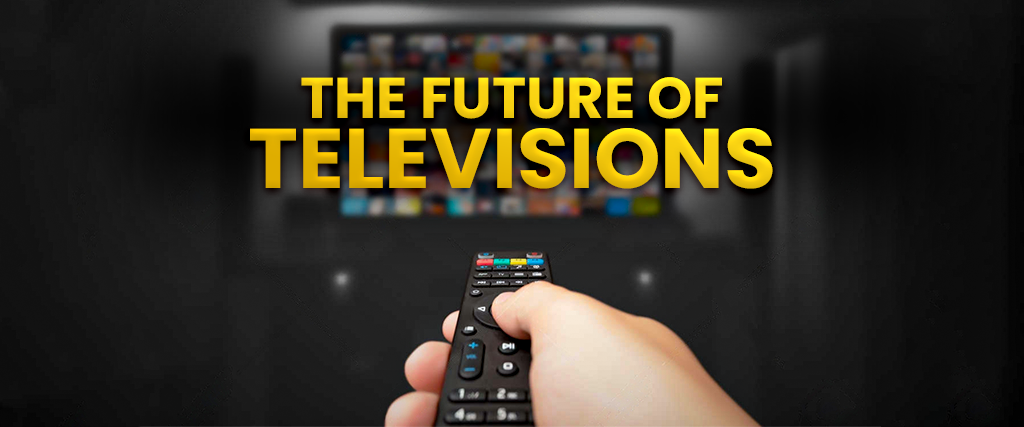
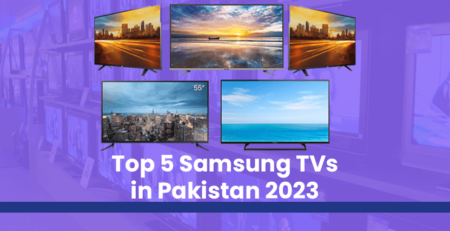
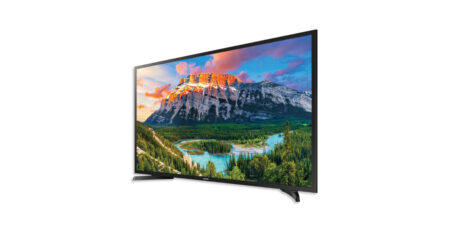
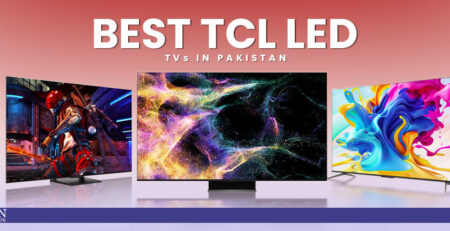
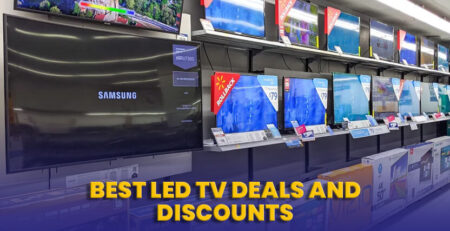
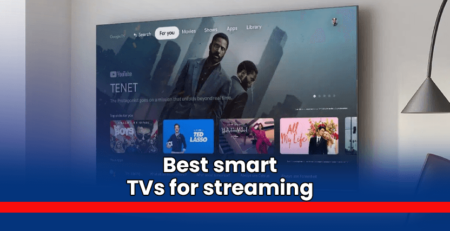
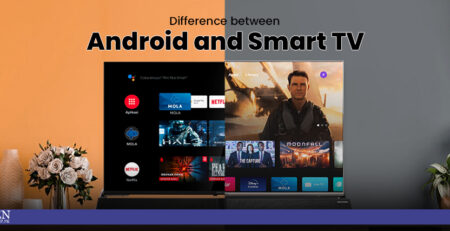
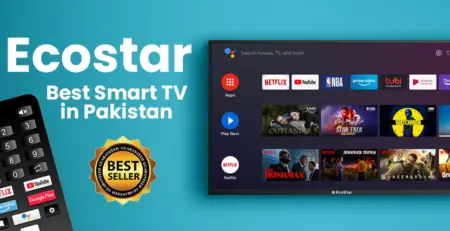
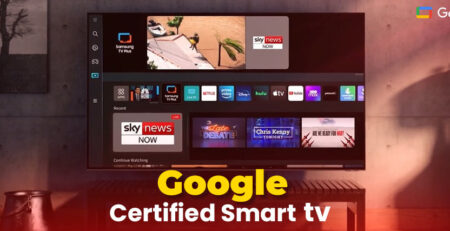





LEAVE A COMMENT